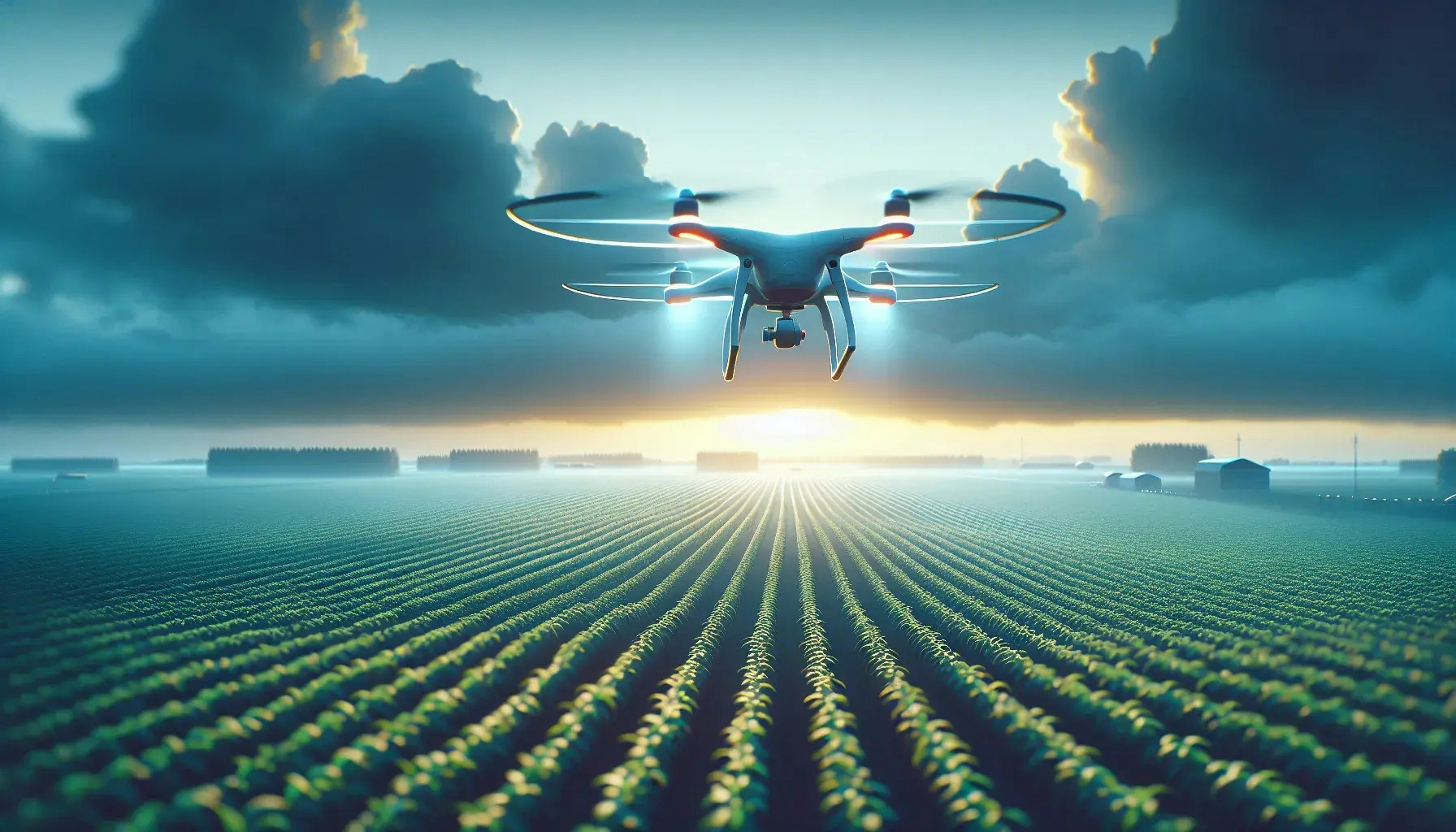Exploring the Intersection of Technology and Agronomy
Agronomy Magazine

Welcome to the fascinating world where agronomy and technology intersect. This blog post takes a deep dive into this exciting crossroads, exploring how technology is revolutionizing the field of agronomy. We'll delve into the latest advancements, the impact on farmers and the environment, and what the future holds.
The Dawn of Technological Advancements in Agronomy
Agronomy, the science of soil management and crop production, has been around for centuries. However, the advent of technology has transformed this field in unimaginable ways. From precision farming to drone technology, agronomy has embraced the digital age with open arms.
Precision farming, a method that uses technology to observe, measure, and respond to inter and intra-field variability in crops, has become a game-changer. It allows farmers to manage their fields more efficiently, reducing waste and increasing crop yields.
Drones, on the other hand, have taken to the skies, providing farmers with a bird's eye view of their fields. These unmanned aerial vehicles can monitor crop health, identify pests and diseases, and even assist in planting and harvesting.
The Impact of Technology on Farmers
The intersection of technology and agronomy has had a profound impact on farmers. It has not only made their work easier but also more efficient and profitable.
For instance, precision farming has enabled farmers to apply fertilizers and pesticides more accurately. This precision reduces waste, saves money, and minimizes the environmental impact.
Similarly, drone technology has reduced the need for manual labor. Farmers can now monitor their fields from the comfort of their homes, saving time and energy. Moreover, drones can cover large areas in a short time, making them ideal for large-scale farms.
The Environmental Implications
The marriage of technology and agronomy has also had significant environmental implications. By reducing the use of fertilizers and pesticides, precision farming and drone technology are helping to combat soil degradation and water pollution.
Moreover, these technologies are promoting sustainable farming practices. For example, precision farming allows for the efficient use of resources, reducing waste and conserving water. Similarly, drones can monitor soil health and detect early signs of crop diseases, enabling farmers to take timely action and prevent large-scale damage.
The Future of Agronomy and Technology
The future of agronomy and technology looks promising. With advancements in artificial intelligence and machine learning, the possibilities are endless.
Artificial intelligence can analyze vast amounts of data to make accurate predictions about crop yields, pest infestations, and weather patterns. This information can help farmers make informed decisions and improve their farming practices.
Machine learning, on the other hand, can automate various farming tasks, such as planting, watering, and harvesting. This automation can free up farmers' time, allowing them to focus on other important aspects of their business.
The Challenges Ahead
Despite the numerous benefits, the intersection of technology and agronomy also presents several challenges. These include the high cost of technology, lack of technical knowledge among farmers, and concerns about data privacy.
The high cost of advanced technologies, such as drones and precision farming equipment, can be a barrier for small-scale farmers. Moreover, many farmers lack the technical skills to operate these technologies, making it difficult for them to reap the benefits.
Data privacy is another concern. With technologies collecting vast amounts of data, there are concerns about who has access to this information and how it is used.
Overcoming the Challenges
To fully harness the potential of technology in agronomy, these challenges need to be addressed. This can be achieved through government subsidies, training programs for farmers, and stringent data privacy laws.
Government subsidies can help reduce the cost of technology for farmers. Training programs, on the other hand, can equip farmers with the necessary technical skills.
As for data privacy, stringent laws need to be put in place to protect farmers' data. Moreover, technology companies need to be transparent about how they use and store this data.
The Journey Ahead: Agronomy and Technology
The intersection of technology and agronomy is a fascinating and complex field. It holds immense potential to revolutionize farming practices, improve crop yields, and promote environmental sustainability. However, it also presents several challenges that need to be addressed. As we navigate this exciting crossroads, it is crucial to strike a balance between harnessing the benefits of technology and addressing the associated challenges.